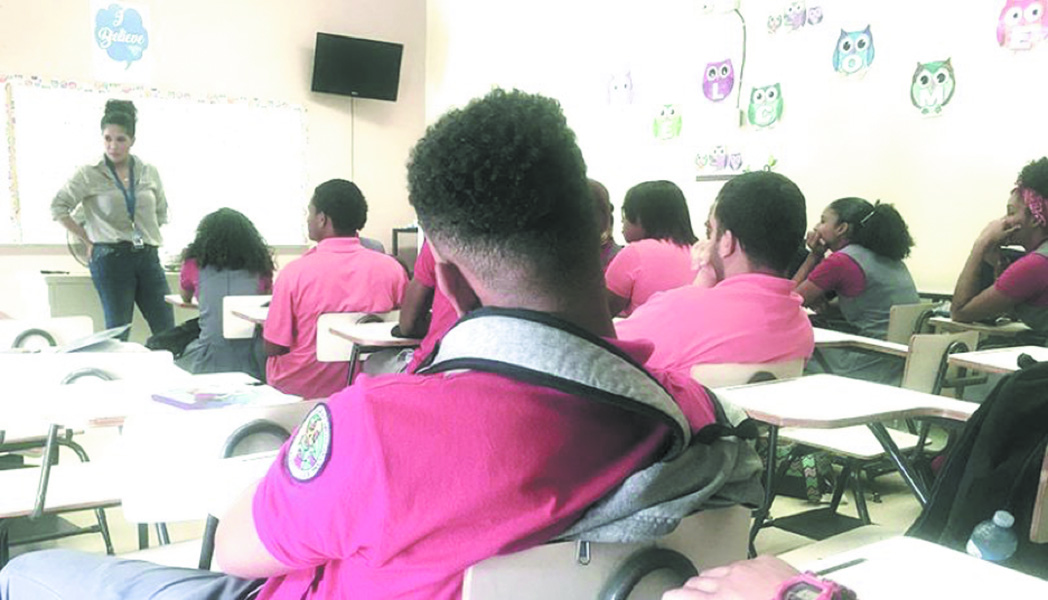By Stacy M. Brown
Senior National Correspondent
@StacyBrownMedia
NNPA Newswire
The Office for Civil Rights (OCR) of the U.S. Department of Education has released a wealth of data from the 2020-21 school year in a revealing exposé that reveals significant disparities in education access that the coronavirus pandemic challenges have exacerbated. The findings paint a stark picture of inequality in the nation’s educational landscape, prompting urgent calls for comprehensive reform.
“In America, talent and creativity can come from anywhere, but only if we provide equitable educational opportunities to students everywhere,” U.S. Secretary of Education Miguel Cardona emphasized in a release.
The Civil Rights Data Collection (CRDC), a mandatory survey of public schools serving preschool to grade 12 students, counts as a critical instrument in assessing equal educational opportunities mandated by federal civil rights laws.
The 2020-21 CRDC, the first since the 2017-18 collection was delayed due to the pandemic, draws from over 17,000 school districts and 97,000 schools, unveiling concerning disparities in education access nationwide.
“These new CRDC data reflect troubling differences in students’ experiences in our nation’s schools,” Assistant Secretary for Civil Rights Catherine E. Lhamon remarked. “We remain committed to working with school communities to ensure the full civil rights protections that federal law demands.”
Key Data Points from the 2020-21 CRDC:
Harassment or Bullying:
• K-12 students reported over 42,500 allegations of harassment or bullying based on sex, sexual orientation, race, disability, or religion.
• Racial and gender disparities were evident, with Black students reporting 37 percent of race-based harassment, while white students reported 68 percent of sex-based and 70 percent of disability-based incidents.
School Offenses:
• Districts reported approximately 274,700 incidents, with 78 percent being threats of physical attack without a weapon.
• Public schools reported over 3,000 incidents of rape or attempted rape and sexual assault.
Student Discipline:
• About 786,600 K-12 students received in-school suspensions, with Black boys nearly two times more likely than white boys to receive out-of-school suspension or expulsion.
• Students with disabilities, representing 17 percent of K-12 enrollment, accounted for 29 percent of students with one or more out-of-school suspensions.
Restraint and Seclusion:
• Approximately 52,800 K-12 students were subjected to physical or mechanical restraint and seclusion, with boys, Black students, and students with disabilities overrepresented.
Access to Advanced Courses:
• More than half of high schools nationwide do not offer calculus or computer science, disproportionately affecting Black and Latino students.
• Black students, representing 15 percent of high school enrollment, accounted for only 10 percent in AP computer science and 6 percent in AP mathematics.
Access to Teachers and Other School Staff:
• Approximately 522,400 students attended schools where fewer than half of the teachers met state certification requirements, with 66 percent being Black and Latino students.
• Four percent of high school students attended schools with no school counselors.
Access to the Internet and Devices:
• Students’ Internet access varied by state, with Kentucky, Maryland, North Carolina, Virginia, and West Virginia reporting 99 percent or more of their schools connected to the Internet.
• Florida (66 percent) and Alaska (52 percent), respectively, reported the lowest percentage of schools connected to the Internet.
Like this:
Like Loading...






